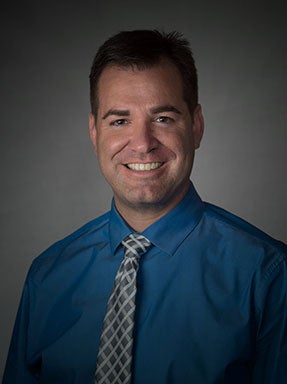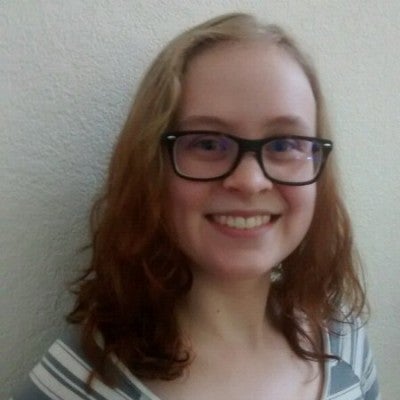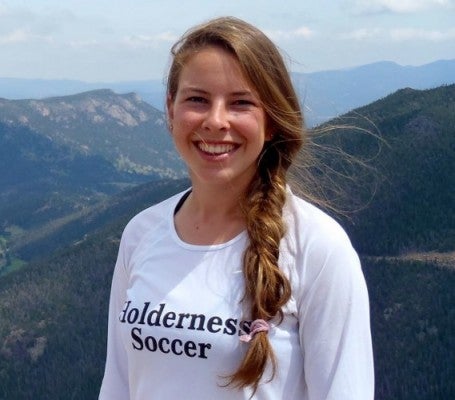DU Students Take Talents to NASA
Two engineering and computer science students will intern with the space agency this summer

For many students, summer break is an opportunity to take what they’ve learned in the classroom and apply it to an internship. For Maddy Drosendahl and Racheal Erhard, that means moving to Virginia for the summer to intern with NASA.
“NASA has definitely been a big dream of mine,” Drosendahl says. “I wanted to go there because you can learn about rocketry and you can learn about material science. I just felt there was so much I could learn in its immersive environment.”
Erhard shares her enthusiasm. “I’m very excited and think it will be a great experience,” she says. “I’m really interested in environmental sustainability and NASA has been coming out with a lot of interesting ways to combine that with the aerospace industry.”
To prepare for this internship, Erhard and Drosendahl have been working in DU’s Unmanned Systems Research Institute (DU2SRI) in the Daniel Felix Ritchie School of Engineering and Computer Science. Kostas Kanistras is their research advisor and is working with students to create technical advances with automated flight capabilities by tackling issues of lift and drag with an unconventional circulation-control wing.
Drosendahl’s research focuses on using back-and-forth oscillation to manipulate the fluid flow around a rotor or airplane wing. Ultimately this will help increase lift and decrease drag. Erhard has researched ways to replace a conventional mechanical flap on a plane with a different design that is able to morph due to changes in flight. For Erhard, this research touches on another area she is very passionate about.
“A lot of what I’ve been doing with my research is finding ways to reduce fuel usage in aircrafts,” she says. “The benefit of this is to allow for heavier payloads and shorter take-off and landing distances. However, this also has a tremendous environmental impact, which is something I care deeply about.”
After spending 10 weeks at NASA, Erhard and Drosendahl expect to apply what they’ve learned to their research in DU2SRI.
“I love what I’m doing right now, but it has been a bit of a learning curve,” Drosendahl says. “I’m hoping to gain more confidence in what I’m doing, and I’m hoping to be able to take what I’m doing at DU to the next level.”










